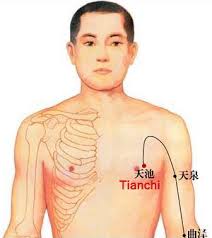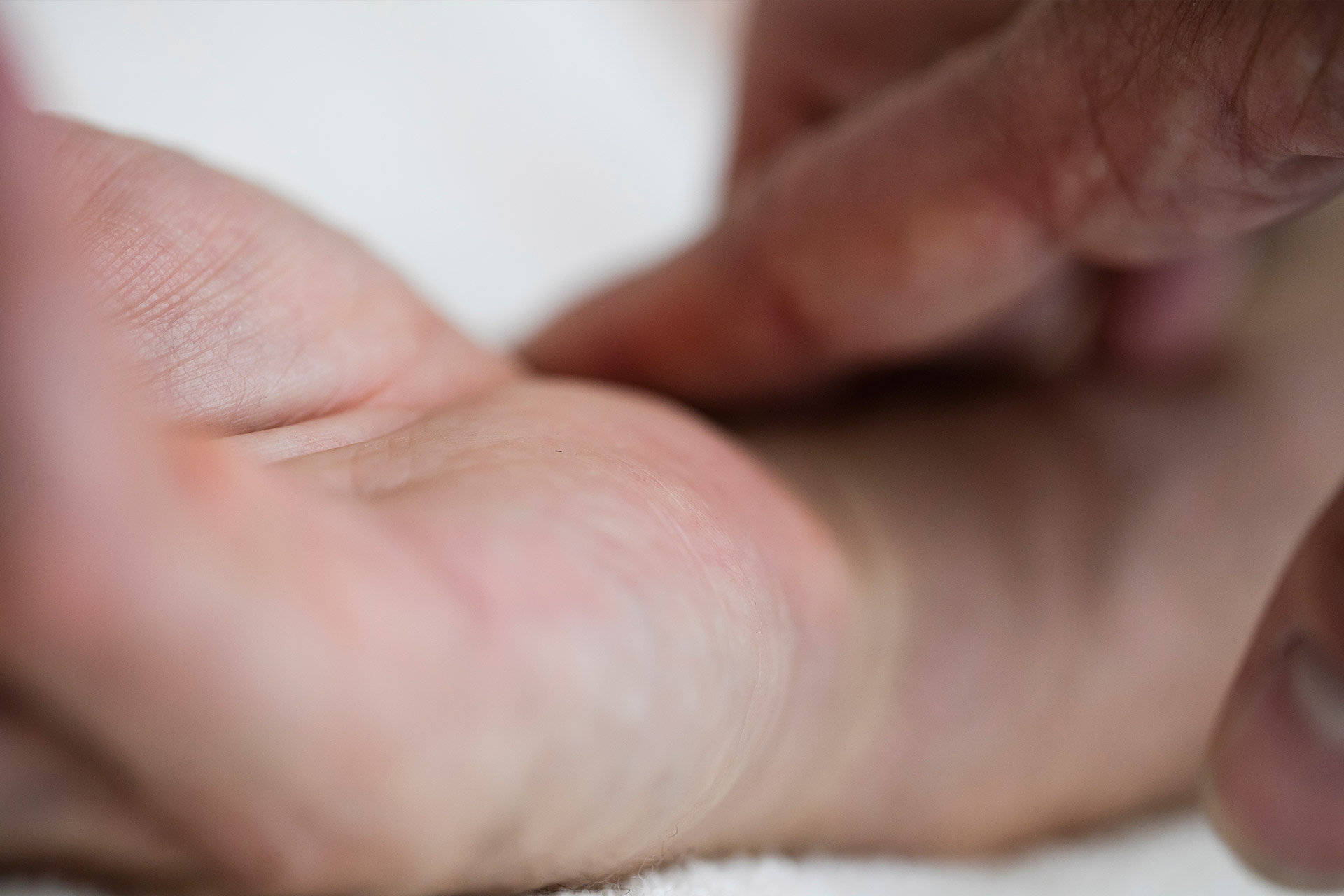
Healing Insight: Acupuncture to Change Addictive, Destructive Patterns
The art of acupuncture is knowing where a person is located in their healing process. In medical language this is called “progression” or “transmission.” It is the healing journey.
Classical acupuncture teaches that a healer must understand where a patient is currently living in their disease and healing process: the current state of the condition, as well as the etiology (where the condition originated) and future possibilities for how it will progress or resolve.
There is a stage in the healing process where the patient becomes ready and willing to see deeply into their condition. This does not usually arise until well into the healing journey. Too much insight too early will either be rejected or missed completely. Or it can destabilize instead of benefit. The patient may not be ready to see how they and their lives have contributed to their illness. Or they may lack the ability to see and recognize that which has made them sick.
The initial stage of healing often requires a period of strengthening, both the ability to take responsibility for our lives, as well as the capacity to see deeper into our choices, history and life path. This usually requires building the energies of the Kidneys, Spleen-Stomach and Lungs: the organs of transformation.
Once a patient is strong enough, there are powerful “insight” acupuncture points located on the neck called “Windows to the Sky.” These points can amplify sensory perception and provide a deeper view into a person’s life. A teacher years ago advised that such points should be combined with “source” acupuncture points, which make connection to the energy of our essential selves. To ground our perception in the energy of “source” connects us to our “destiny” and sense of “life path.” Therefore any insight we may be given is seen through the wisdom of our life path and “destiny.” This allows a deep sense of self-compassion and a cutting clarity showing us where we should focus. This treatment strategy is known in medical jargon as “opening the portals” of perception.
Confucian philosophy of healing believes we become sick when we are diverted or distracted from our “upright” path in life. We engage in activities, behaviors and relationships that are inappropriate for us. Many factors can contribute to these diversions: trauma, “immorality” and “demonic” forces like ghosts.
To translate and update the ancient Confucian way of thinking, “morality” is always relative to the person and culture in which they live. A more neutral reading of this philosophy is that all paths are not suited to all people. We each have our own individual constitution and personality which is suited to certain lifestyles, diets and relationships. To live a healthy, harmonious life we need to understand and honor our individual nature and live accordingly. To be a “Kardashian” might look glamorous to us, but each of us might not be suited for such a life. Healing often requires a hard, realistic look into our nature, assessing how well our lifestyles match and support our essential selves. We can often become ill because we are living lives that are not suited to our nature.
A more modern, neutral view to the ancient philosophy of “demonic” forces or “ghosts” can be seen as “toxic” distractions to our life path or nature. Drugs for example, or other addictions can be seen as “demonic,” acting like “ghosts” since they steal our willpower and distract us to go against own health and sense of self-preservation. They steal our vital energy, rather than nourish and support us. They make us feel “high” but eventually they exhaust deplete and even kill us.
Anything that is contrary to our nature can have a “demonic” effect. However, such “flights of fancy” are sometimes necessary for a person to resolve old trauma or to learn more deeply about themselves. This “descent into hell” is a shamanic way of regaining lost energy and selfhood, yet a person can easily get lost in the “underworld.” It can be the job of the healer to help bring a person back into alignment with themselves; to help them put themselves and their lives back together after such descents into “hell,” as they may sometimes seem.
An example of working with “ghosts” by opening perception can be described through the acupuncture points. The acupuncture point Small Intestine-16 (SI-16) on the neck, called the “Celestial Window” is a point that is said to both “nourish the heart” as well as clear toxins or poison from the body. This point can be combined with the point Heart-7 “Spirit Gate” or Pericardium-7 “the Great Mound,” grounding the realization of toxic elements in our life to our “spirit path” and traumas which we may have repressed.
I recently worked with a man who, through working together realized he was involved with a woman who had both narcissistic and sociopathic personality disorder. He was distraught that he couldn’t make the relationship work, trying again and again after volatile arguments and break-ups. From the outside it was easy to see the dynamics within this man’s relationship. But for him, he was lost in confusion and addiction to the relationship. Although his friends told him repeatedly what they saw occurring in his life, he couldn’t see it, and refused to believe them.
As his healer, I had to honor where my patient was located in his healing process. He came to me wanting to “transform” himself so he could make his troubled relationship work. He wasn’t ready to see the addictive nature of his attachment or how toxic and destructive it was to his life and health.
We needed to begin the treatment process by building his Kidneys and calming his Heart. Building his Kidneys allowed him to be able to prioritize himself and start to be less needy for others to meet his needs. Building the Kidneys allows a person to begin to take more responsibility for their lives and focus more on their own health and wellbeing. It is the basis of building the willpower to let go of addictive tendencies. These treatments made him stronger, better able to remain calm and grounded, less triggered by his partner. However as he became stronger and more grounded, his partner seemed to become more volatile, acting out in more dramatic and hurtful ways.
My patient was distraught that things seemed to be going worse in his relationship. He didn’t understand why him getting healthier and stronger made his partner act out more. We began to talk about his history with women, and also his family dynamics as a child. He recognized he had a mother who in some ways was quite similar to his current partner.
I combined points on the Kidney acupuncture channel with those on the Pericardium channel, which I assessed as the etiology of his situation: a trauma from the past he was trying to repeat and transform.
Once the patient’s Heart-Kidney communication had become stable, indicating a greater connection between his desires and willpower, showing itself in reduced anxiety, better sleep and a greater sense of calm, I started adding “Window to the Sky” points to his treatment. In addition to SI-16 on his neck, I added two other “window” points located on his chest: Pericardium-1 (PC-1) the “celestial pool.” and Lung-3 (LU-3) the “celestial warehouse.” The combination of these three points “opened the chest” to promote deep breathing and a state of “surrender” where the person can let go of their emotional attachments long enough to get a glimpse of the “celestial” view of a situation.
The imagery of PC-1 and LU-3 are of two structures where “celestial energy” gathers: one is natural, a pool; the other is man-made, a warehouse. Celestial energy is that of the spirit: that which animates life. This energy gathers for a period of time to create situations and relationships, and like in one’s life has a timespan until it departs and gathers somewhere else. In this state of openness and wide view, the patient was allowed to see through the “window” from a more lofty unattached viewpoint.
During and after this treatment I waited for the patient to begin telling me his realizations. They emerged over the next few sessions as I continued offering “window” points to him. He started to see that his girlfriend was exhibiting disturbing behavior patterns, which only seemed to intensify each time they broke up. Eventually the situation became truly dangerous and he had no choice but to admit that he needed to make a change.
Spirit is often said to offer subtle messages in the beginning, letting us know something in our lives is out of alignment. Each time we fail to receive the message or heed the warning, the messages become stronger. As the practitioner I kept witnessing this in my patient, hoping he’d be able to see the danger of his situation before it became dire.
Finally, the patient came to me and said he’d been reading about personality disorders, especially the “lack of empathy,” “inability to apologize” and “tendency to play the victim” common to narcissistic disorder. He was shocked and saddened that he recognized his girlfriend in the description. I offered that the reality seemed to potentially go beyond just that, as she’d also threatened his safety and security, and seemed to take pleasure in his suffering. I offered that he might be addicted to someone who has sociopathic personality disorder. He found this difficult to accept and needed more time until he started to see this himself.
After several weeks of treatment the patient was finally able to break off his relationship for good. Through that time we worked on his addiction to her, and inquired into past trauma that caused him to attract and be attracted to abusive partners. His initial shock and the sadness and disappointment that followed helped him begin to unearth and unpack a history of abuse stemming back to his childhood. He learned slowly how to prioritize and protect himself.
The major breakthrough the patient received from this process was the ability to recognize a type of situation he had frequently put himself in. After much inquiry and strengthening of his kidneys, he was able to move out of the victimization state, away from his masochistic habits and into the wisdom in recognizing how to choose between that which nurtured and nourished him and not grasp for that which habitually caught his eye. He was able to see the “spiritual” lesson in the situation, and use it to better his life and evolve past his trauma.













No Comments